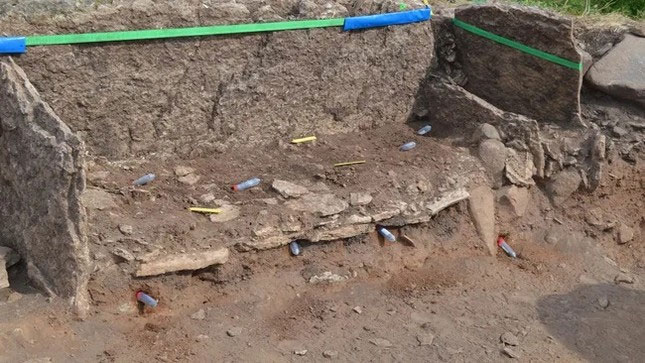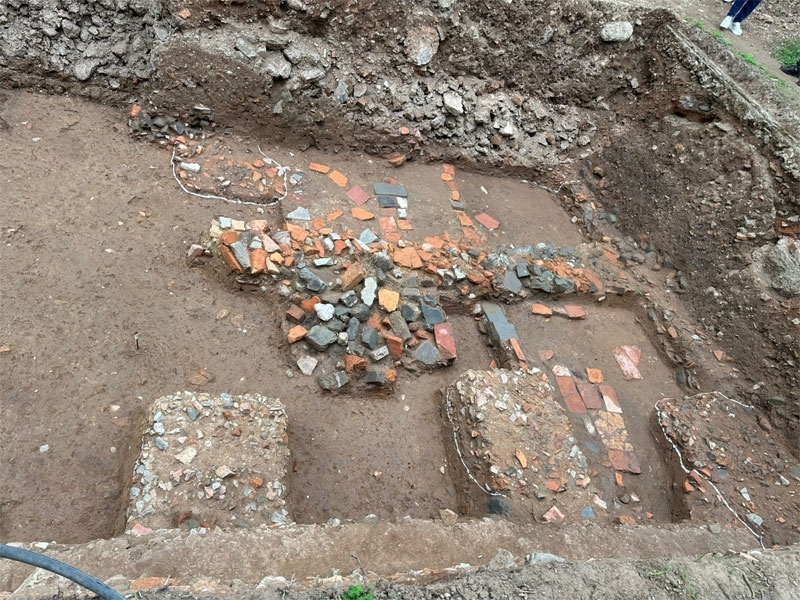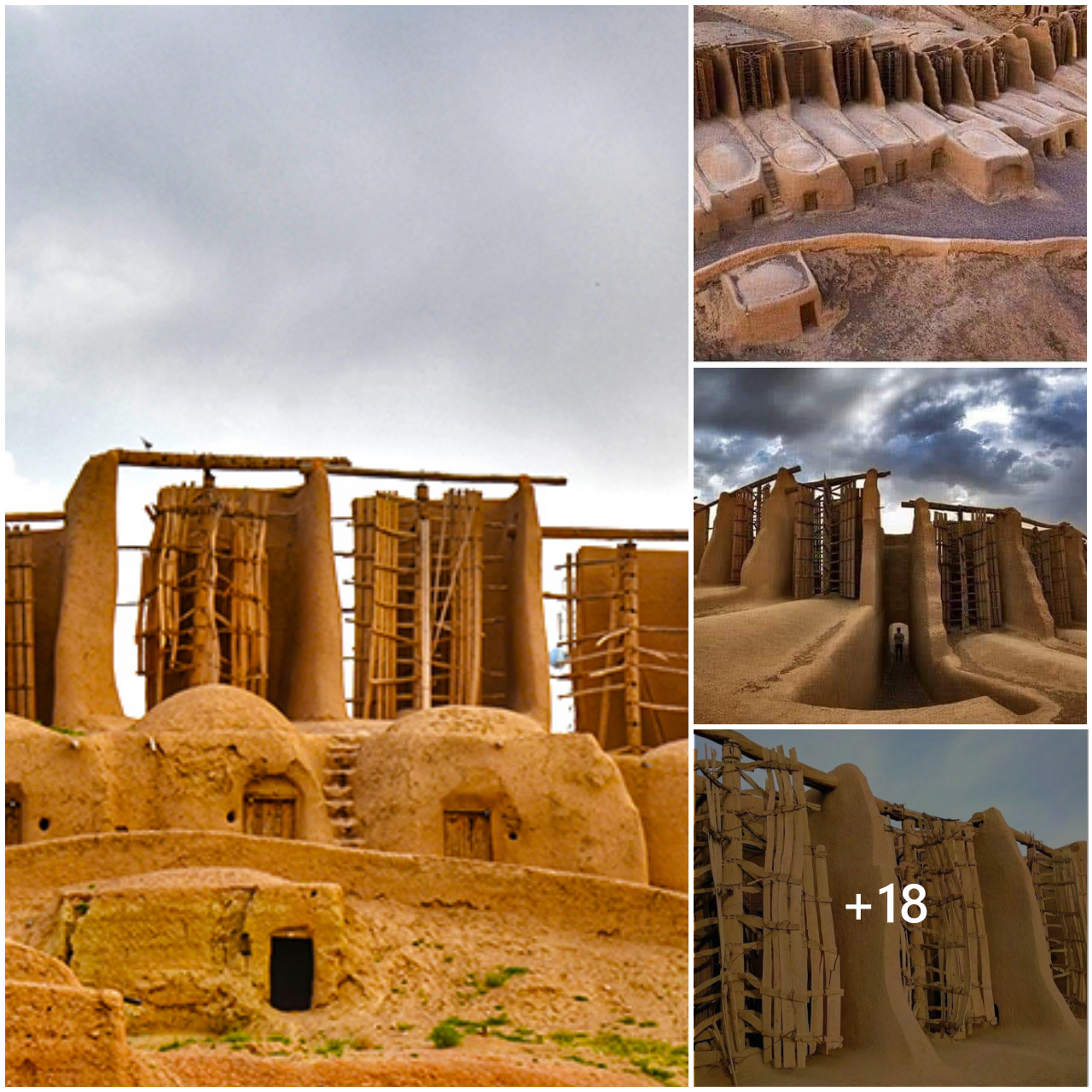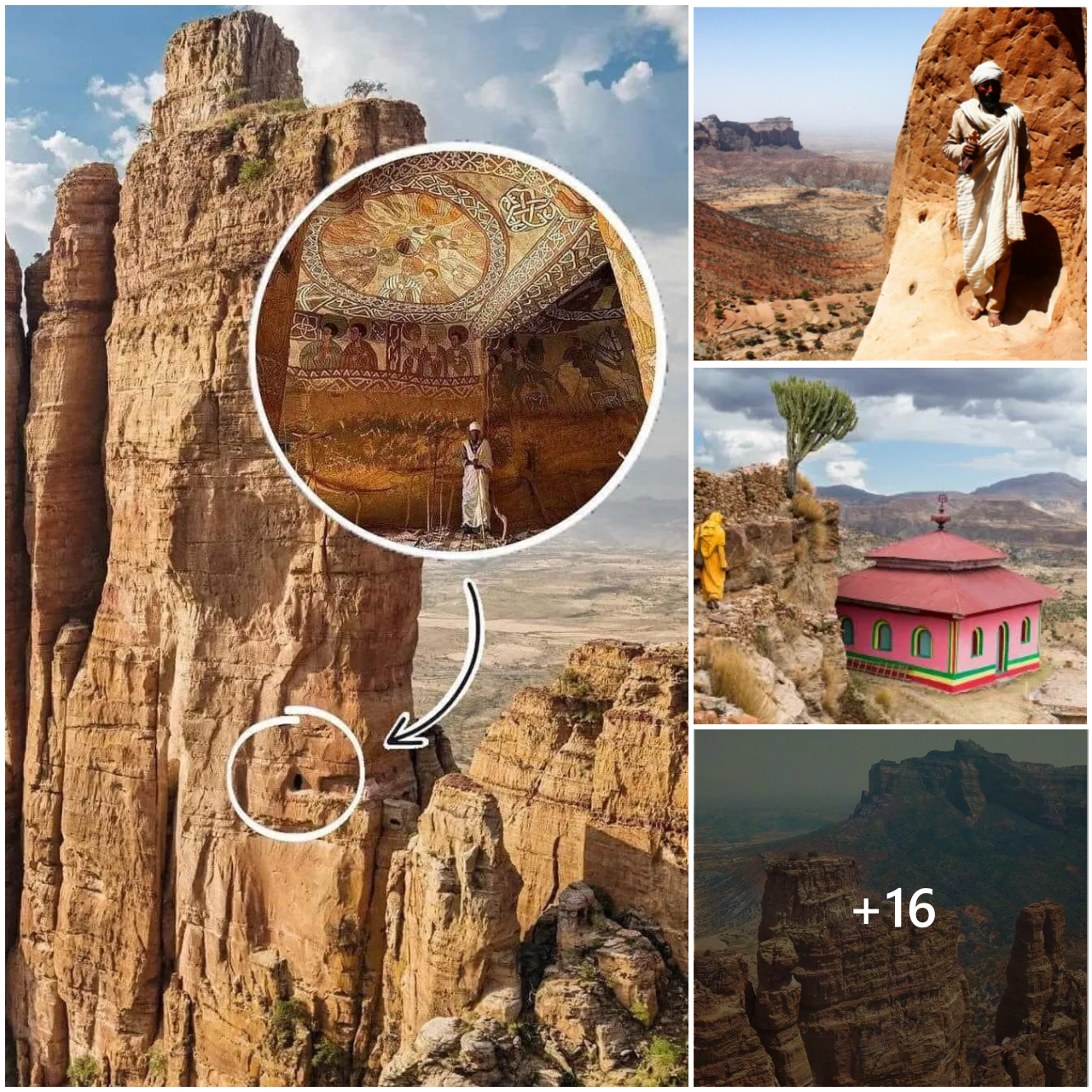A 5,500-year-old Neolithic grave in Sweden contained the remains of at least 12 people but many of their skulls and long bones were missing.
Archaeologists in central Sweden have unearthed a 5,500-year-old stone chamber containing several Neolithic tombs – but many of the largest skeletons, including skulls, appear to have been taken goes around the time the dead were placed there.
 Archaeologists believe the stone burial chamber dates back to 3500 BC and is one of the oldest tombs in Sweden. (Photo: Karl-Göran Sjögren).
Archaeologists believe the stone burial chamber dates back to 3500 BC and is one of the oldest tombs in Sweden. (Photo: Karl-Göran Sjögren).
“This is different from what we usually see in tombs,” said Karl-Göran Sjögren, an archaeologist at the University of Gothenburg in Sweden and first author of a new study on the find. kicked and found small bones missing in the feet and hands.
Researchers believe that the missing bones may be related to ancient burial rituals.
The missing skeletons
Inside the burial chamber, researchers unearthed hand and foot bones, rib fragments and teeth from at least 12 people, including infants and the elderly – but few skulls and large bones more, such as the femur and humerus.
The tomb has remained intact since the Stone Age, archaeologists said, so the missing bones appear to have been relocated when people were buried there or shortly after.
Sjögren said: “We haven’t seen any injuries on the buried people, so we don’t think there was any violence involved. But we are continuing to study the DNA and find out if they had Have any disease or not?
DNA studies will also show whether the people buried in the tomb are related.
“These skeletons are older than the passage graves, which are around 200 to 150 years old, making it one of the oldest stone burial chambers in Sweden and in the entire region,” says Sjögren. Scandinavia”.

A chemical analysis of the bones also showed that these individuals lived in an agricultural type of society. They live by growing cereals, raising livestock and consuming dairy products.





